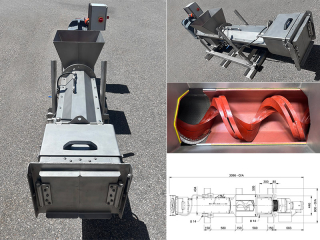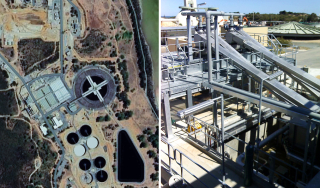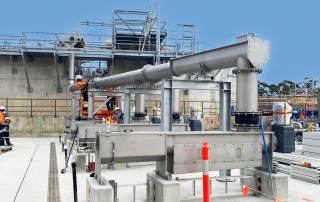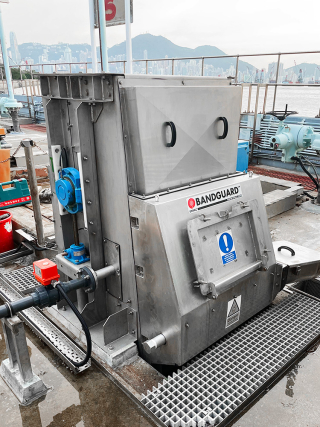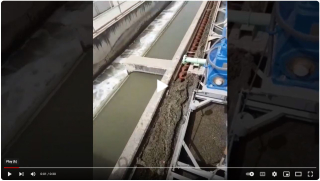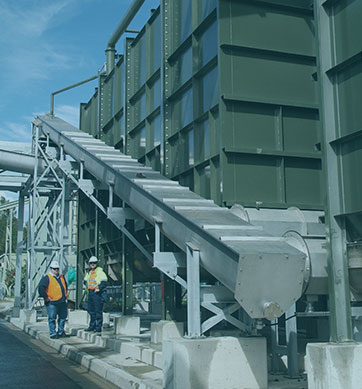- Asia Pacific News
- Europe News
- Grit Handling
- Municipal Solutions
- North America News

Ensuring wastewater is clean enough for discharge is a challenge, and the right solutions play an important role. Grit is a problem for wastewater plants, causing damage, inefficiency and maintenance costs throughout the network and treatment process.
How water becomes clean enough for release
Before delving into some of these systems, an understanding of the treatment process for wastewater is useful.
The first stage of the treatment process is known as the pretreatment area and/or inlet works, where solids in the wastewater stream are extracted. Wastewater screening is generally classified into either coarse screening or fine screening. Coarse screening is the first operation at any wastewater treatment works. This process essentially involves the removal of large solids that frequently enter a wastewater works, such as papers, rags, wood, tins etc. Coarse screens are typically used as primary protection devices, and usually have openings of 10mm or larger. Fine screens are used to remove the influent suspended solids' putrescible matter, grease & scum as well as pathogenic fecal materials. The next step is to extract grit, there are a number of equipment solutions for this purpose. This step can also involve a chamber or grit channel, where it's possible to adjust the velocity of the incoming sewage to allow for settlement of the particles.
In the primary sedimentation stage, sewage will flow through large tanks. These tanks settle sludge, while the grease and oil content in the sewage rises to the surface for removal via skimming. Mechanically driven scrapers drive the sludge towards a hopper located at the base of these tanks. Then, the sludge can be pumped out and through to a sludge treatment facility.
In the secondary treatment stage, the goal is to degrade the biological content of the sewage. Aerobic biological processes are commonly used here.
In the final treatment stage, further steps are taken to improve the quality of the effluent before it's pumped out into receiving location (commonly a river, lake or ocean). Most steps will involve disinfection, which is also known as effluent polishing.
Grit aeration is just one way of removing sand from sewage.
Proven grit separation
The right solutions for grit separation are key. SPIRAC offer several:
Grit Vortex
This is a system that uses little power and requires little maintenance. This last facet is especially useful for wastewater facilities dealing with a number of pieces of complicated machinery. It's inexpensive, effective across a wide flow and can also be supplied as a complete grit capture and washing system. The Grit Vortex from SPIRAC is designed to separate high density grit particles from lower density organics by means of a rotary vortex impeller. Click here for more information
SANDSEP® Grit Classifier
This solution can also remove grit from process and effluent streams. Spiral conveying helps to avoid build up, and a low speed of operation results in a long life-expectancy. Click here for more information
SANDWASH
This system has been designed for cases where visible organics in grit aren't acceptable. It uses a multi-stage washing process, with larger materials returned for biological treatment further downstream. Click here for more information.
The right grit separation solutions are undoubtedly important in order to effectively process wastewater and prevent damages to equipment further down the process. To learn more about the systems above, reach out to SPIRAC today.


